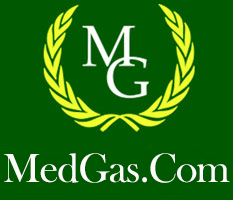Hospital Approved Training Programs
NFPA99 2021 5.1.14.4.2..5 Qualifications
(A) Persons Maintaining these systems shall be qualified to perform these operations
(B) Appropriate qualification shall be demonstrated by any of the following:
- A documented training program acceptable to the healthcare facility by which such persons are employed or contracted to work with specific equipment as installed in that facility
- Credentialling to the requirements of ASSE 6040, Professional qualifications Standard for Medical Gas Maintenance Personnel, and be technically competent on the specific equipment as installed in that facility
- Credentialling to the requirements of ASSE 6030, Professional Qualification Standard for Medical Gas Systems Verifiers, and be technically competent on the specific equipment as installed in that facility.
Call (253) 303-0194 or email JimB@MedGas.com to learn more about our team creating your hospitals documented medgas training program.


